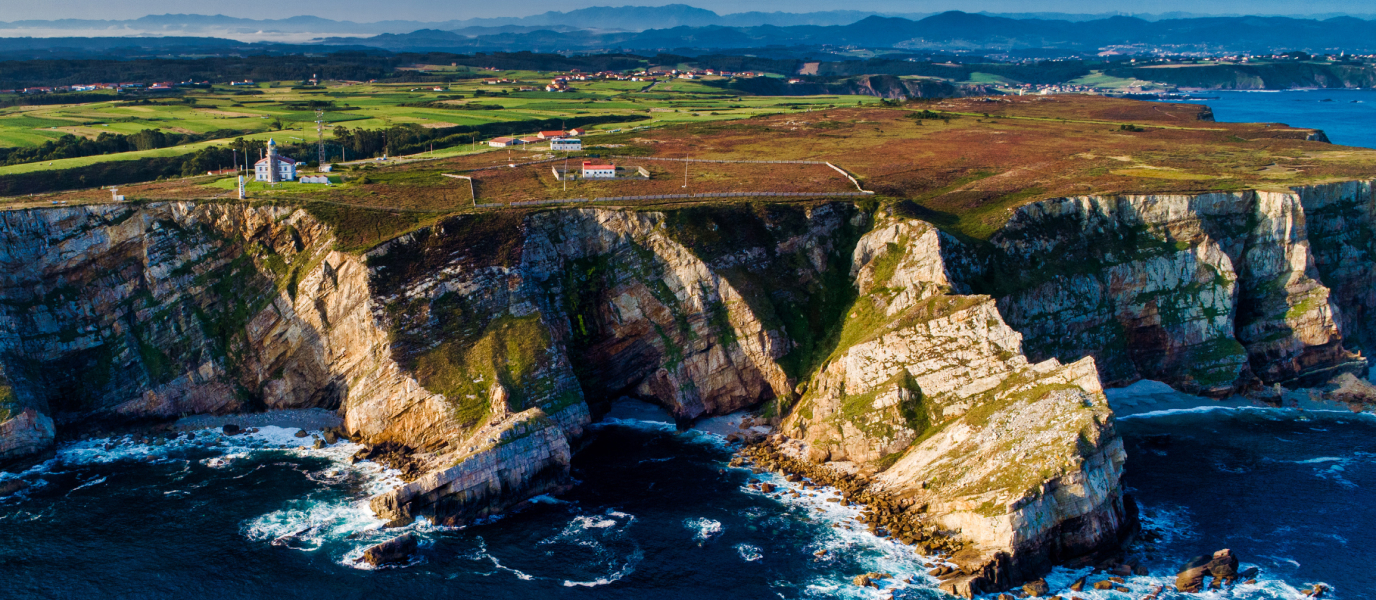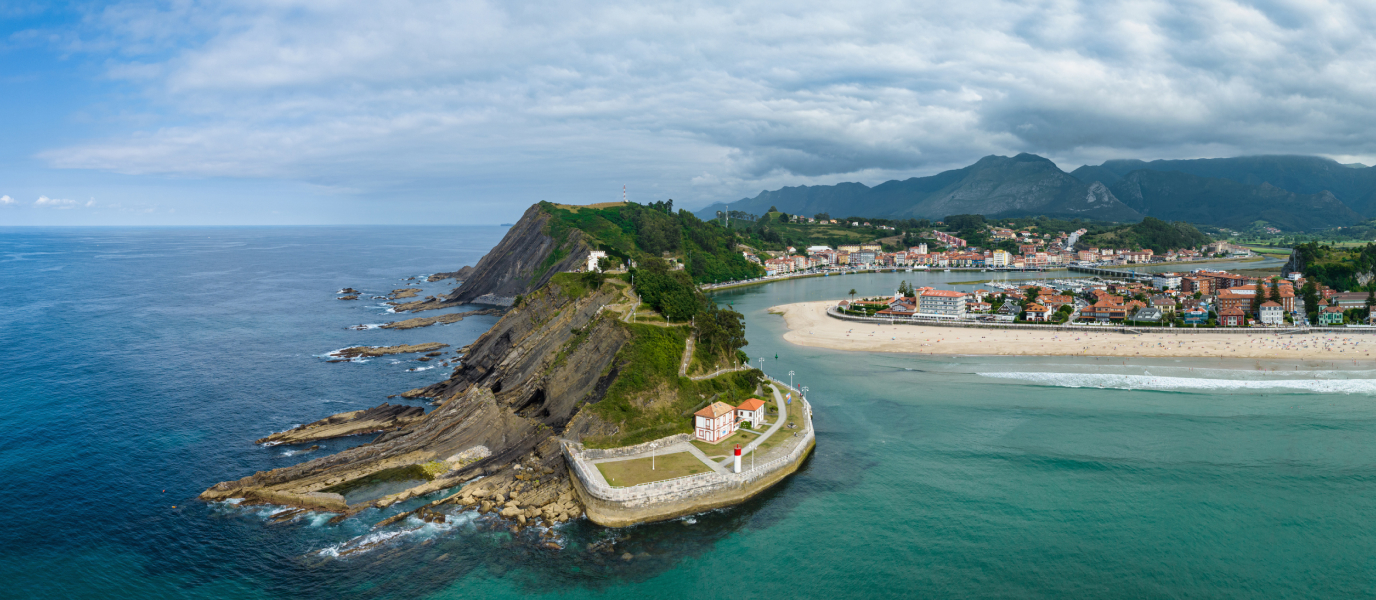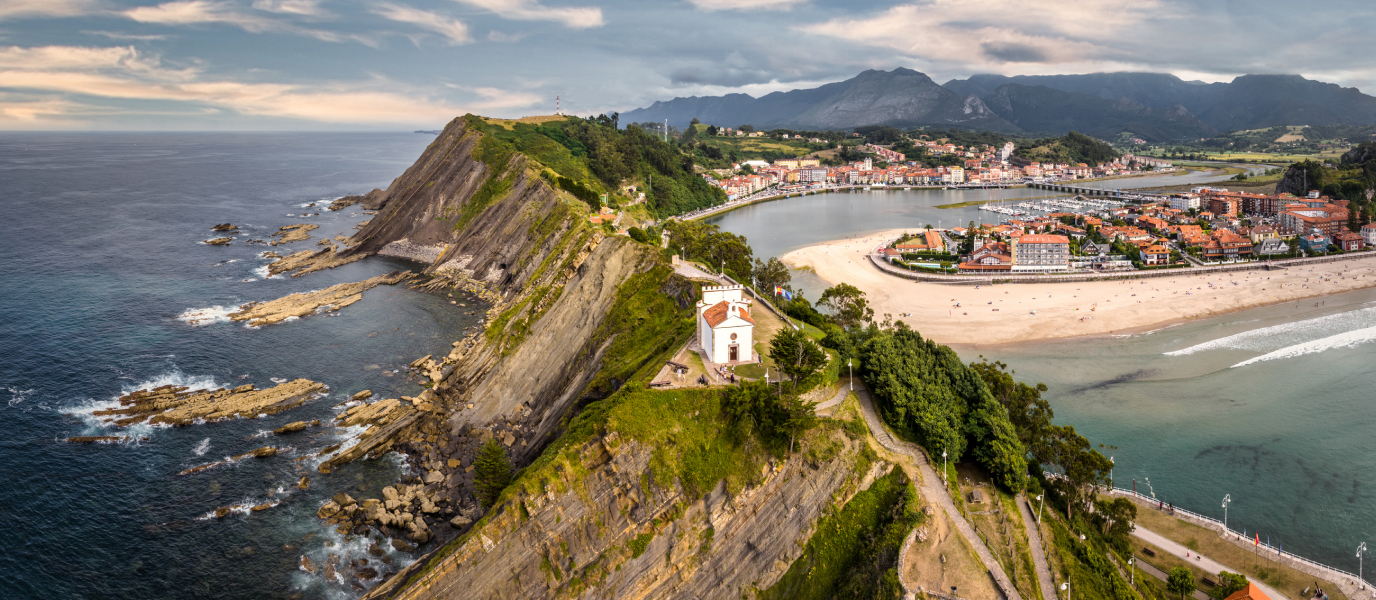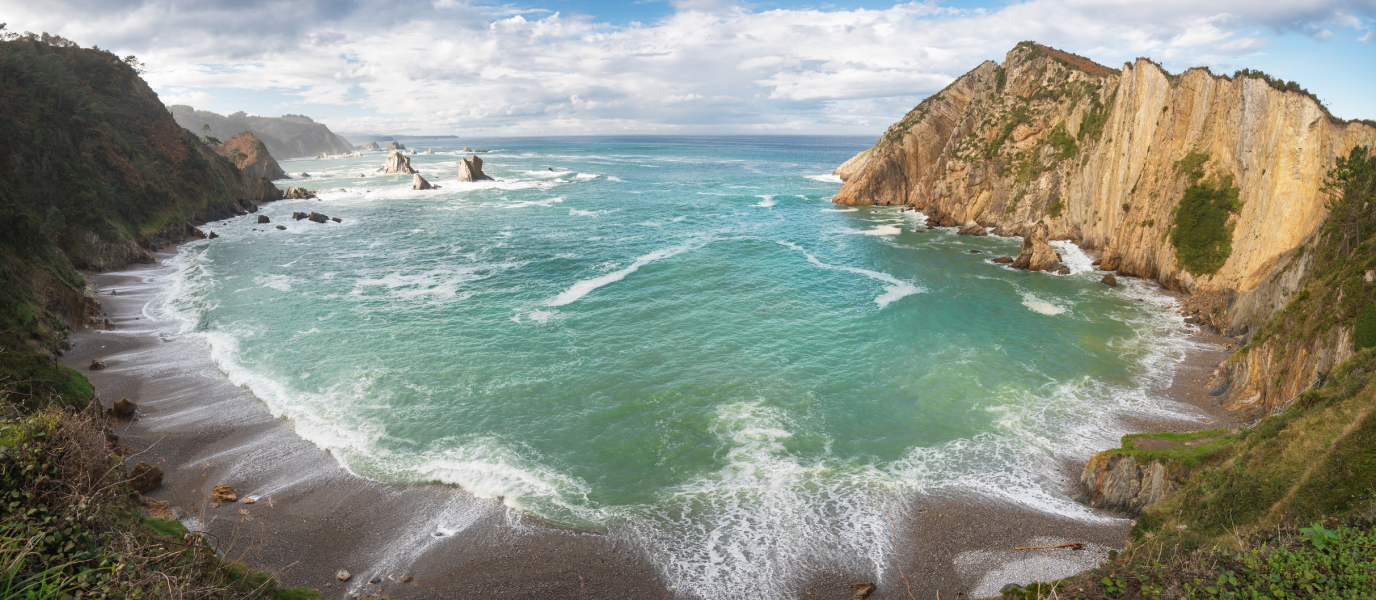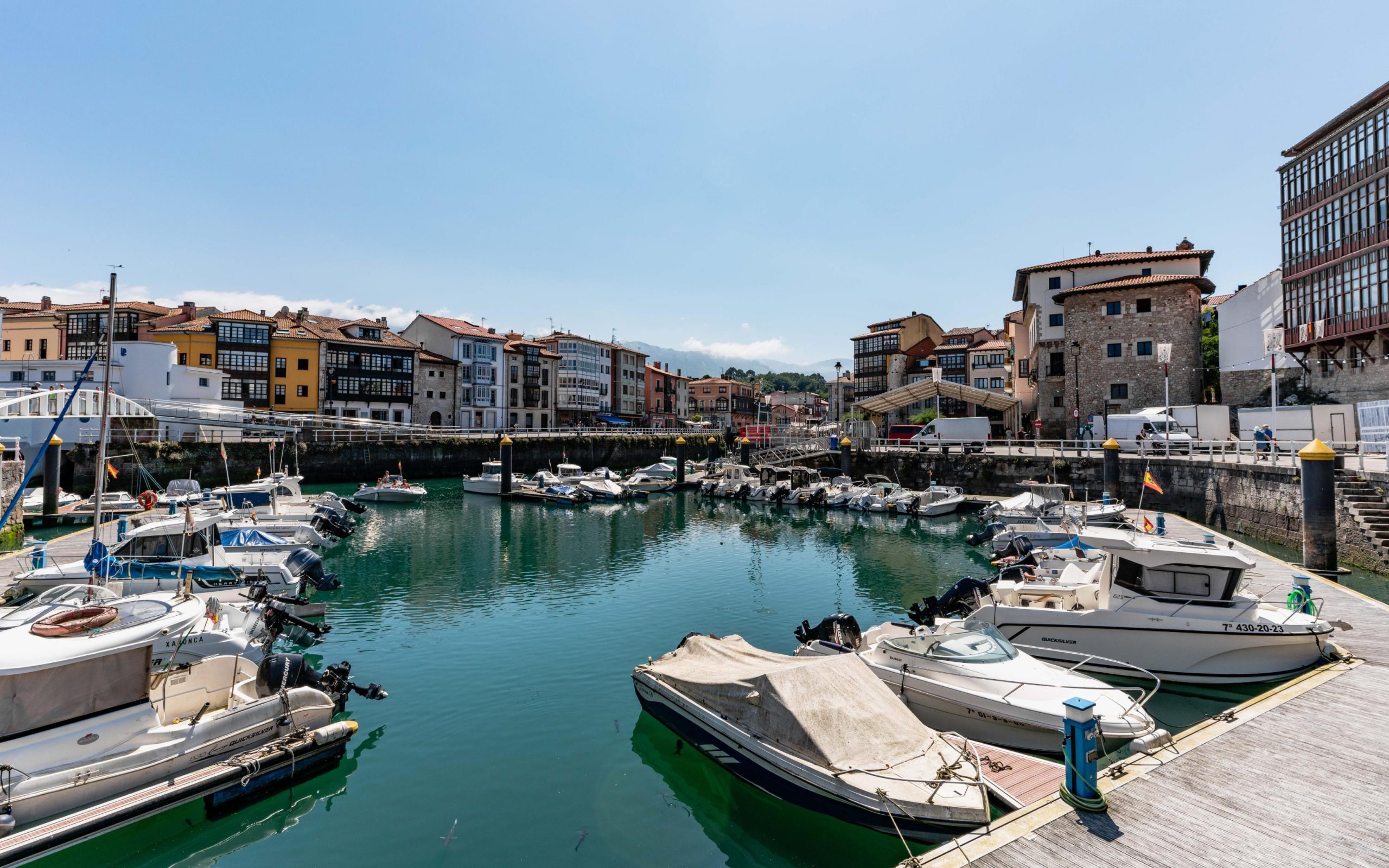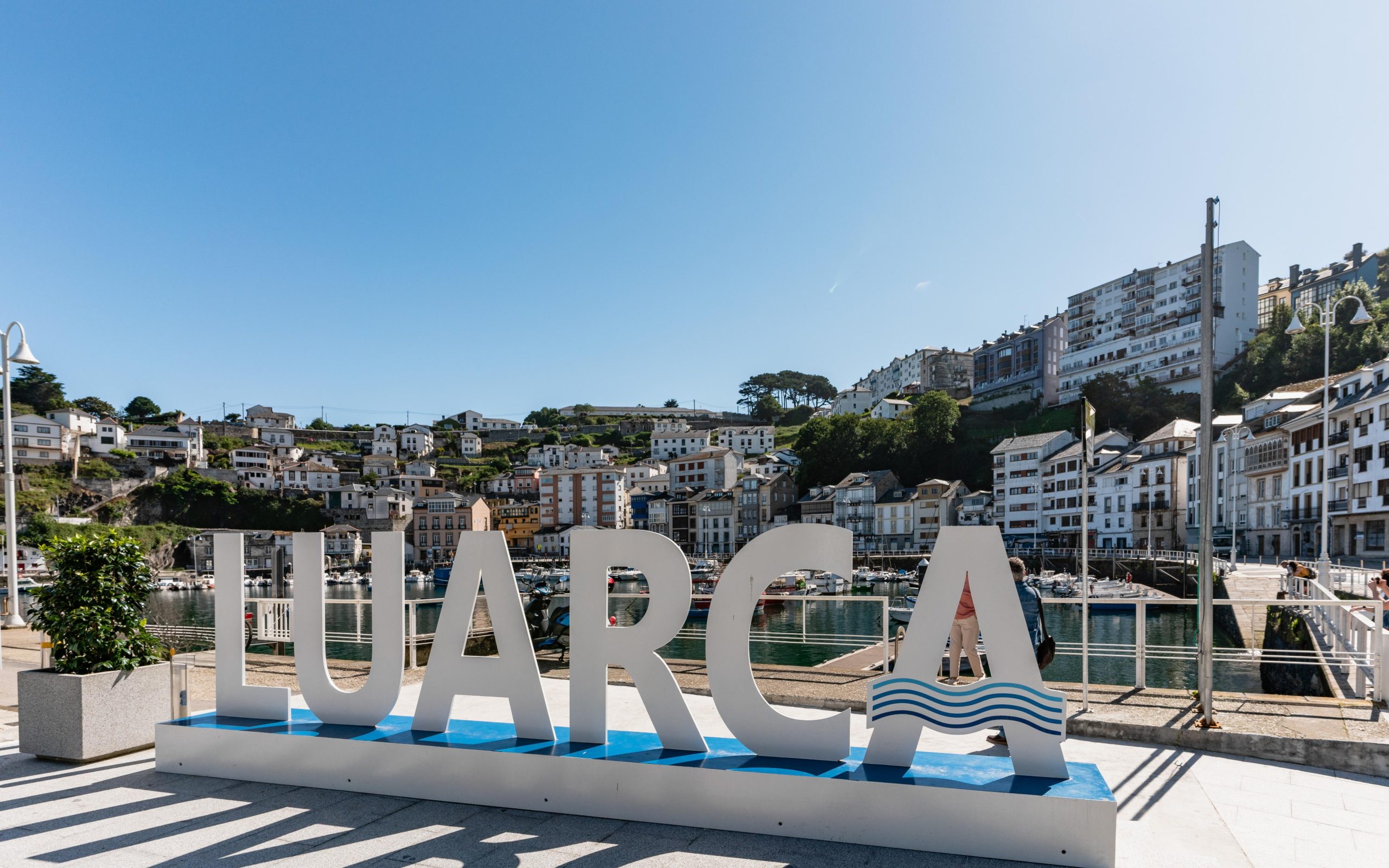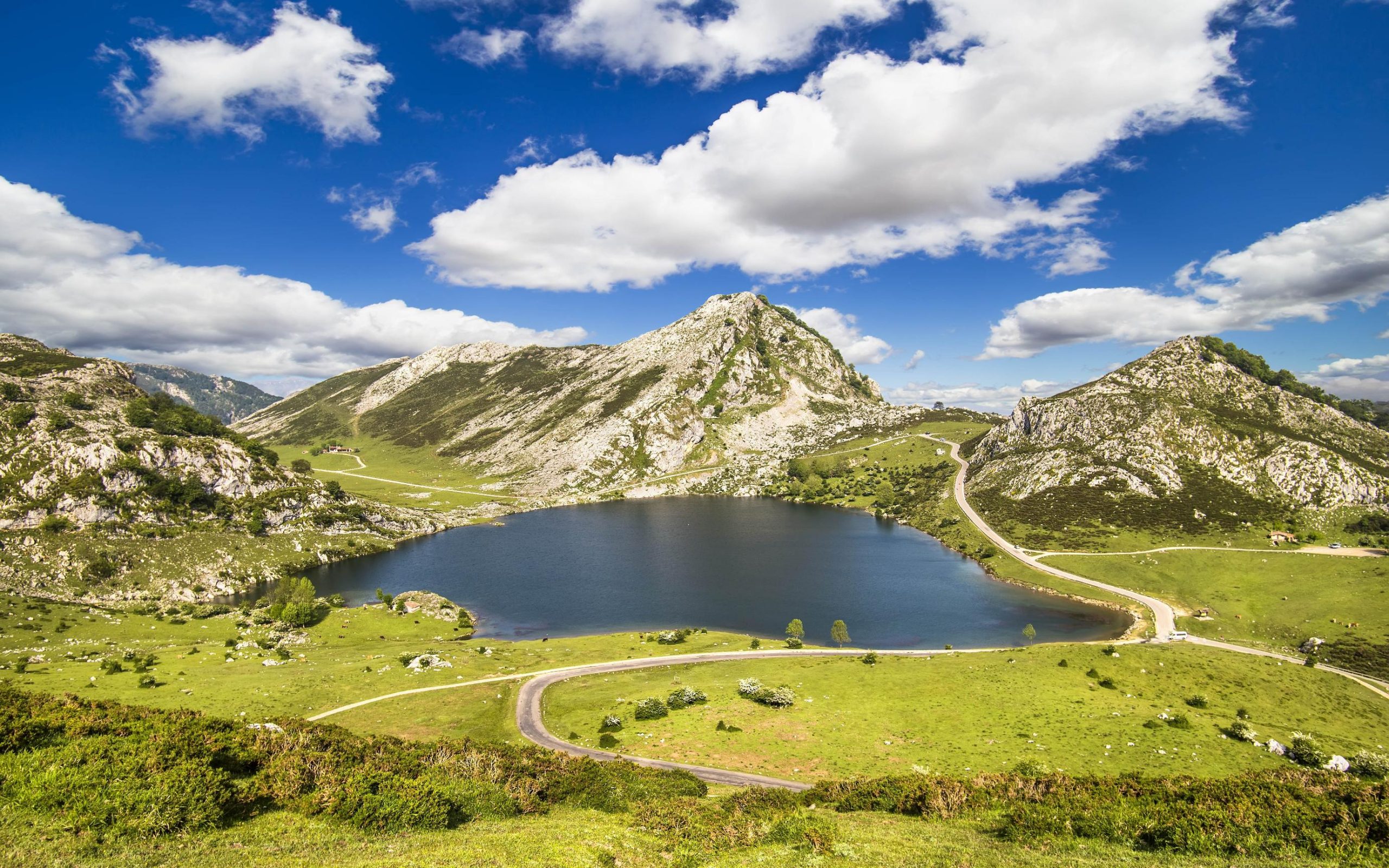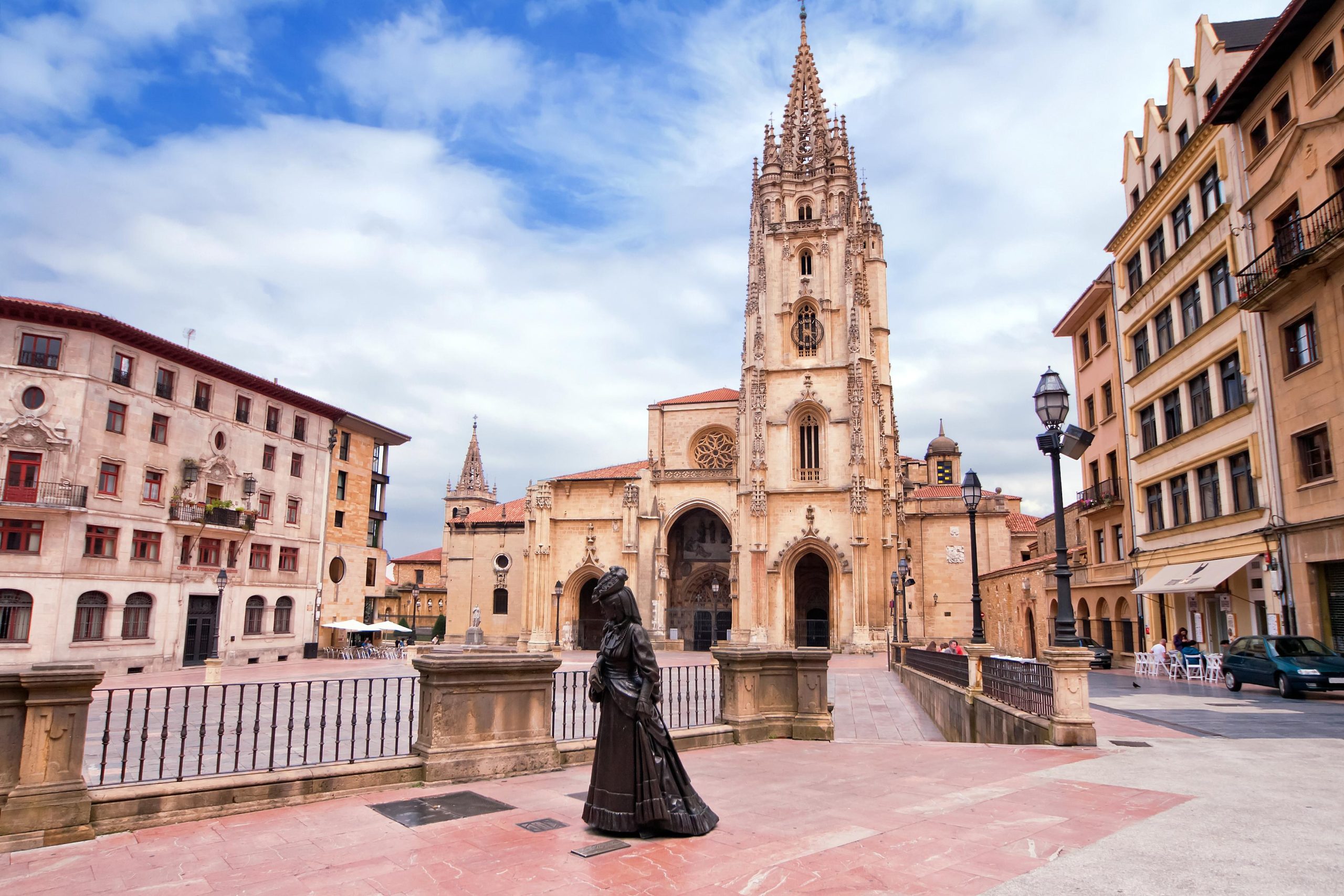Lead Text: Cape Peñas is a must on a trip along the Asturian coast. The iconic cape enjoys a privileged position, in the midst of an unrivalled natural environment and with interesting villages to visit in the surrounding area.
It is a custom for Spanish schoolchildren to recite the capes along the Spanish coastline. Machichaco in Vizcaya, Ajo in Santander, Peñas in Asturias, etc. This is the most iconic and northernmost cape in Asturias, a spectacular rocky cliff that rises up to 100 metres along the Bay of Biscay, halfway between Gijón and Avilés.
When travelling along the Asturias coastline, you should visit Cape Peñas. Its marvellous natural setting, surrounded by small, peaceful villages and with the Picos de Europa mountains behind it, makes this a must for admiring the fierceness of the mighty Bay of Biscay.
We will now show you what you can do around Cape Peñas.
Natural area surrounding Cape Peñas
Cape Peñas is a natural wonder that has been protected since 1995, when it became part of the Asturias Regional Network of Protected Natural Areas. Subsequently, in 2014, it was included in the list of Sites of Community Importance (SCI) and the Natura 2000 Network.
Its geology, flora and fauna are more than enough reasons to protect the natural setting around Cape Peñas. Numerous birds can be found there such as the European shag, the yellow-legged gull, the peregrine falcon and the curlew.
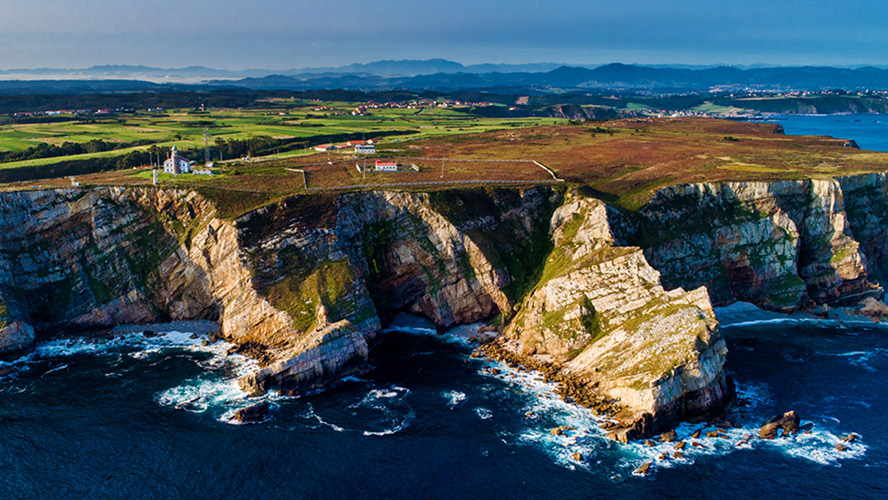
Things to see at Cape Peñas
Cape Peñas is located in the municipality of Gozón, whose capital is the town of Luanco, one of the most beautiful historic fishing villages in Asturias, with a charming and well-preserved historic centre. Together with the area surrounding the cape, it is a must when visiting Cape Peñas.
We will now show you what you can see at Cape Peñas.
Cape Peñas lighthouse
The main landmark at Cape Peñas is its lighthouse, the largest along the entire Asturian coastline. Its beacon has the longest range along the coast of Asturias, reaching up to 41 miles on clear days and around 18 miles on hazy days.
The Cape Peñas lighthouse was built in 1852 and electrified in 1946. The beacon is from 1930. Its location on the northern tip of Asturias has made it a fundamental navigation element in this area.
In addition to the beacon, radars and other technical installations, the lighthouse consists of a two-storey building that also includes an interesting maritime museum.
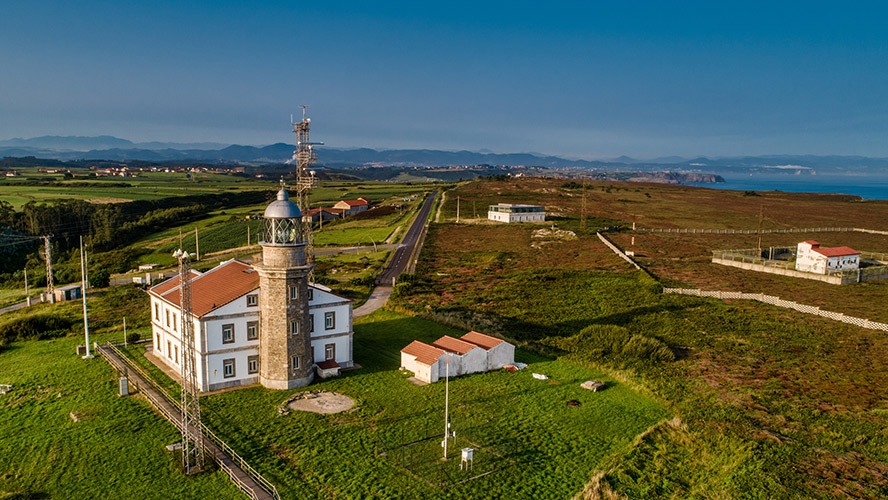
Lighthouse museum
The Peñas lighthouse includes the Peñas Marine Environment Visitor Reception Centre. Its rooms show the history of lighthouses, humankind’s relationship with the sea, the marine biodiversity of Cape Peñas and the places of interest in the municipality of Gozón where it is located.
Models of marine species such as whales, sperm whales and sharks are also on display. It is an interesting and worthwhile visit so that you can find out more about this part of the Asturian coast.
Hiking trails
Hiking is one of the activities you can do along the Peñas coast. The cape’s path runs along the entire coastline until reaching the Avilés lighthouse. The trail is 19 kilometres long. On it, you will cross the various cliffs and beaches that mark this beautiful coastline.
You can also walk along the coast on the eastern side as far as Luanco, on a trail of about 14 kilometres.
Remember that both options are linear and not circular and that they have constant uphill and downhill sections since the trails go down from the cliffs to the beaches.

Beaches
As stated earlier, in addition to the cliffs, the natural area surrounding Cape Peñas has several beaches: Xagó, Verdicio, La Cabaña, Carnera, Viodo, Llumeres, Bañugues and Moniello.
They are located on both sides of the cape, reaching the towns of Avilés to the west and Luanco to the east. This is clearly one more reason for visiting Cape Peña
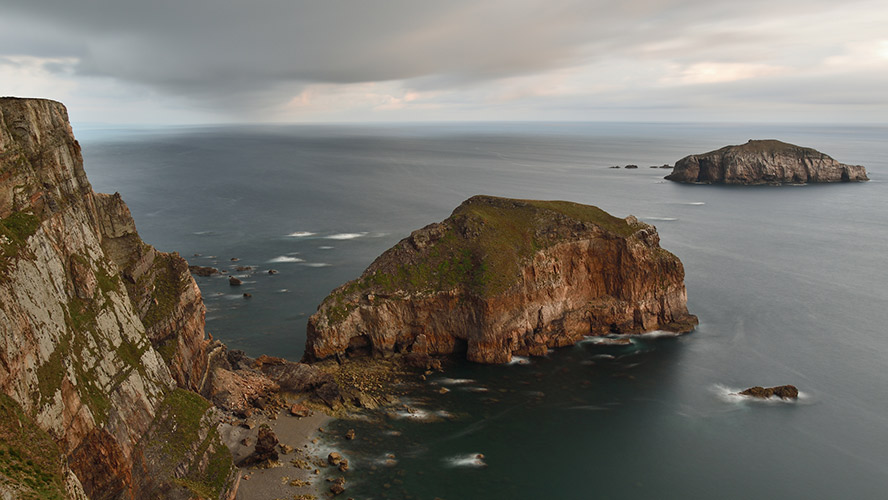
Things to see nearby
Nature, coast, cliffs, beaches, hiking, etc. What else can you see around Cape Peñas? Well, a beautiful town like Luanco, the capital of the Gozón municipality in which the cape is located. Luanco is an exemplary fishing village, which maintains its fishing character together with the picturesque atmosphere of its streets and beautiful stone houses.
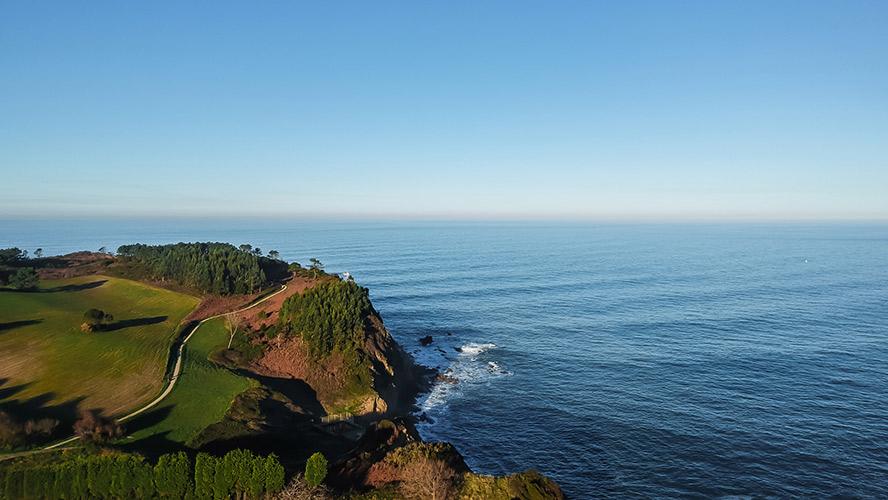
The port is one of the symbols of Luanco, set in a small bay that protects it and lined by several beaches in succession along the urban coastline. Its historic quarter, full of beautiful mansions, and museums such as the Asturias Maritime Museum are also landmarks.
Along with Luanco, another iconic town that you should visit near Cape Peñas is Candás, the capital of the Carreño municipality. This fishing village boasts a cliff-top position, a magnificent promenade and is famous for its Sardine Festival.
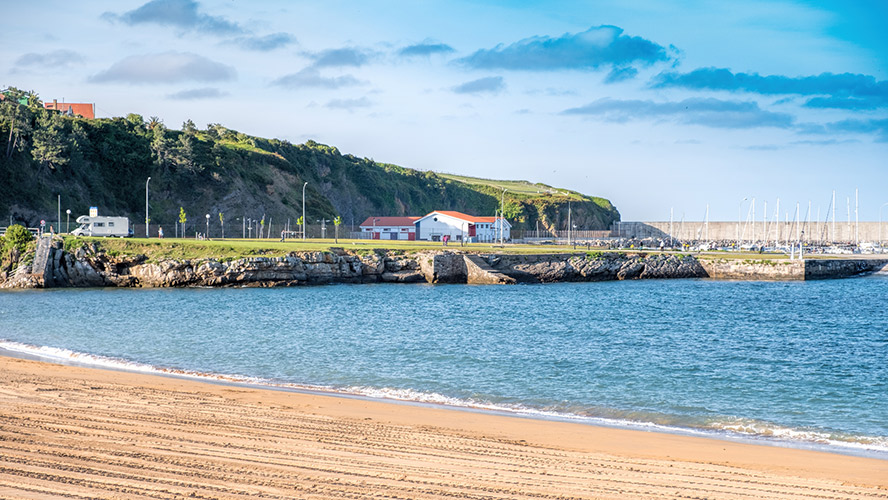
Where to stay in Asturias
If you are looking for a good place to stay in Asturias, the charming city of Oviedo is an excellent choice. Its location in the heart of the Asturias region makes it perfect for exploring places like Cape Peñas, just 45 kilometres away.
Oviedo, a city renowned and awarded for its urban planning and cleanliness, is home to the Barceló Oviedo Cervantes, a spectacular five-star hotel with 82 rooms located in the heart of the city, just a five-minute walk from the iconic Uría Street.





























































